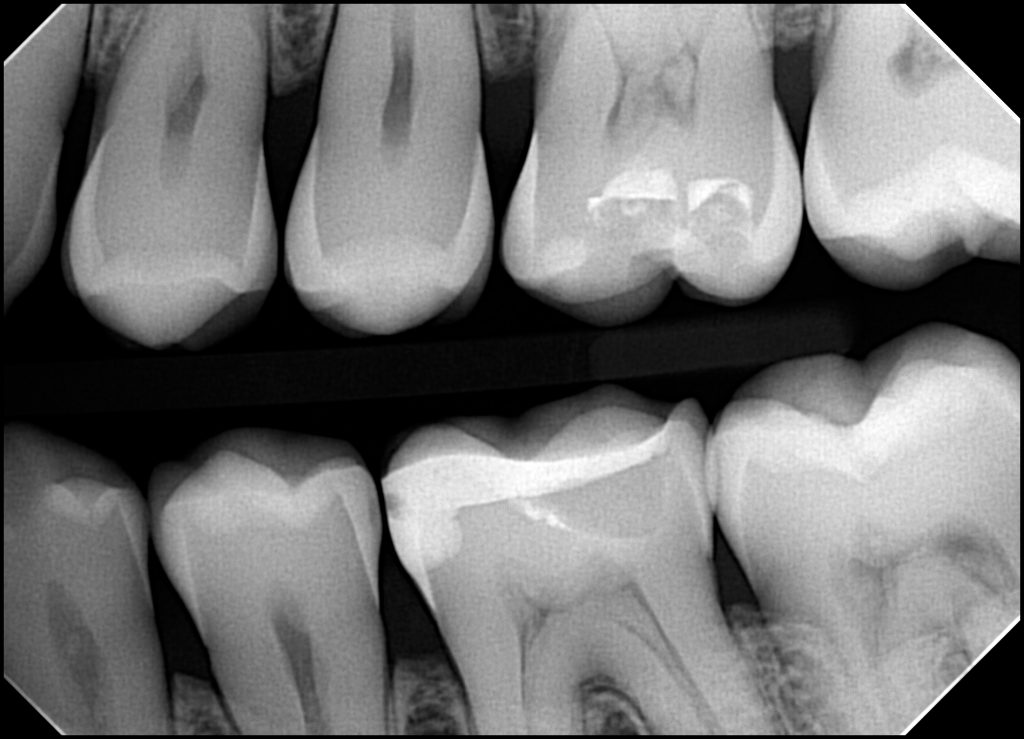
Adjusting X-Ray Darkness: A Guide for Dental Technicians
Dentists often rely on technicians for answers when radiographs don’t look quite right. A common concern you may hear from your dental office customers is:
“Why are my x-rays coming out too light or too dark?”
As a service technician, you can add value by not only ensuring the equipment is functioning properly, but also by helping the office staff understand what affects radiograph quality. This builds confidence in your expertise and strengthens your role as a trusted partner.
Key Concept: Exposure and Image Darkness
The most important principle to know—and to explain—is this:
Too dark = overexposed (too much radiation reaching the sensor).
Too light = underexposed (not enough radiation reaching the sensor).
Once this is understood, the discussion becomes about identifying what’s causing the over- or under-exposure.
Common Variables That Affect Image Darkness
Patient Size and Anatomy
Larger patients or dense areas (posterior teeth) require more exposure.
Smaller patients or anterior teeth typically require less.
Technique and Positioning
If the x-ray source is positioned farther away from the sensor, less radiation reaches it, resulting in lighter images.
This is especially common with handheld x-ray devices, where consistency in distance is harder to maintain.
Exposure Parameters
kVp (voltage), mA (current), and exposure time all affect image darkness.
Most systems make exposure time the easiest adjustment. Increasing exposure time darkens the image; decreasing it lightens the image.
Always ensure adjustments are within manufacturer limits and in line with ALARA principles.
Software Filters
Many imaging platforms allow adjustments using filters like contrast, gamma, or brightness.
Some systems auto-correct underexposed images, which can lead to graininess (similar to enlarging a low-resolution photo). If you see this, it often indicates the sensor isn’t receiving enough radiation in the first place.
How Technicians Can Help
As a dental technician, you may not be the one capturing images, but you can:
Identify technique issues when staff report inconsistent results.
Check exposure settings and confirm they are appropriate for the office’s patient population and unit type.
Explain the “why” to dentists and staff, giving them confidence that the system is functioning as expected.
Guide offices toward consistency—reminding them to keep distances fixed, use recommended parameters, and only rely on filters for fine-tuning.
Conclusion
When a dentist says their radiographs look too light or dark, they may assume it’s purely a machine problem. By understanding how exposure, technique, and software interact, you can confidently explain the cause—and, when appropriate, adjust parameters to improve results.
This positions you not just as an equipment repair specialist, but as an imaging partner who helps offices get the most diagnostic value from their technology.
About ImageWorks
ImageWorks helps dental repair technicians excel with advanced imaging systems by offering more than just hardware. We provide proactive education, technical support, and guidance so you can help your dentist customers get the best from their technology.
Make sure you stay updated on the latest in the dental industry by subscribing
